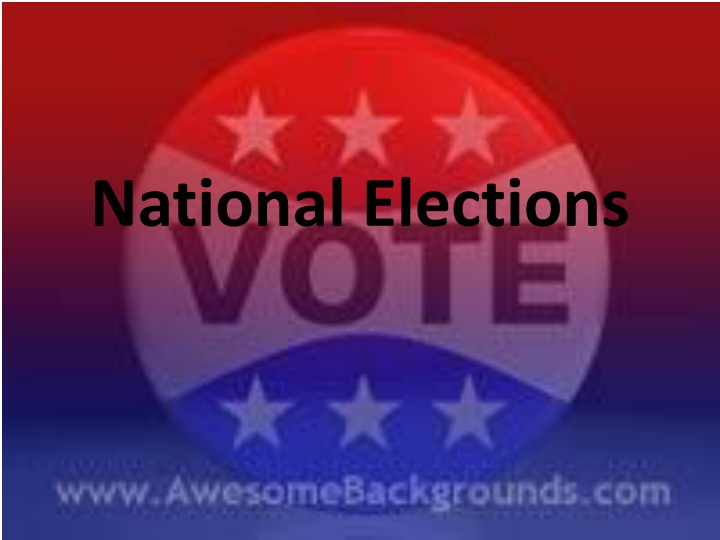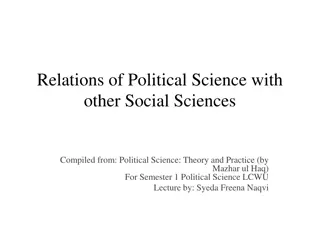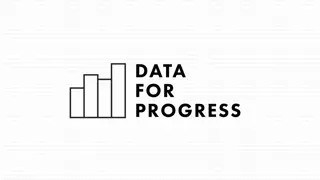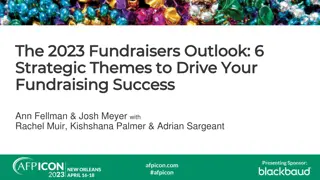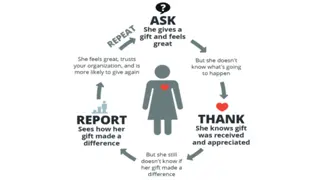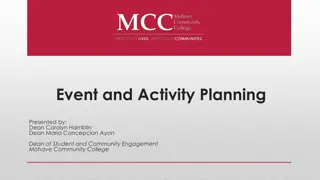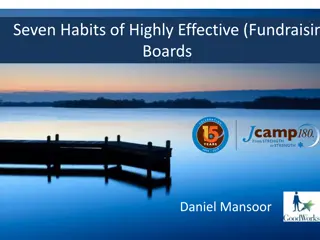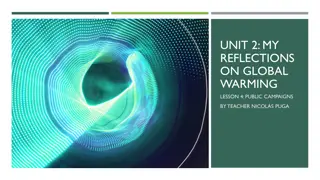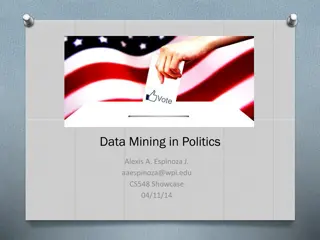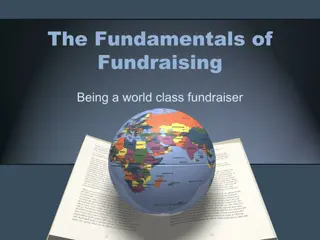American Political Campaigns: Fundraising and Messaging Strategies
American political campaigns, especially presidential ones, are lengthy and costly endeavors. From fundraising to messaging, candidates invest significant resources to build name recognition and connect with voters through various channels such as TV advertising, social media, and public appearances. The campaign staff plays a crucial role in coordinating operations, managing finances, and reaching out to potential supporters. However, the increasing influence of money in politics raises concerns about undue influence on election outcomes.
Download Presentation

Please find below an Image/Link to download the presentation.
The content on the website is provided AS IS for your information and personal use only. It may not be sold, licensed, or shared on other websites without obtaining consent from the author.If you encounter any issues during the download, it is possible that the publisher has removed the file from their server.
You are allowed to download the files provided on this website for personal or commercial use, subject to the condition that they are used lawfully. All files are the property of their respective owners.
The content on the website is provided AS IS for your information and personal use only. It may not be sold, licensed, or shared on other websites without obtaining consent from the author.
E N D
Presentation Transcript
I. Modern American Political Campaigns A. American political campaigns (especially presidential campaigns) are long. 1. From the first presidential caucus election until the general election is approximately 10 months. 2. But presidential candidates often begin raising money and building name recognition for two years prior to the general election. 3. Because American elections are so long, they are expensive and becoming more expensive. (Trump and Clinton spent well over 1 billion dollars combined on their campaigns in 2016).
I. Modern American Political Campaigns B. What is the money spent on? 1. The Campaign Staff: a. A Campaign Manager - Coordinates the entire campaign. b. A Finance Chair - Oversees fund raising and spending.
I. Modern American Political Campaigns B. What is the money spent on? 1. The Campaign Staff: c. Professional Consultants - For a variety of tasks like polling, internet outreach, speech writing, etc. d. Volunteers (so free) - Make phone calls, participate in 'get out the vote' activities. etc. e. Other staff
I. Modern American Political Campaigns B. What is the money spent on? 2. Getting out their message a. Expensive TV advertising has long been the primary means of reaching voters. b. The internet and social media are now major vehicles through which politicians reach voters. 1.) All candidates now have their own websites. 2.) The internet and email has made fund-raising much cheaper and more effective. c. Politicians must also travel constantly and make speeches.
I. Modern American Political Campaigns B. What is the money spent on? 3. All of this money needed to run for office leads to concerns that those who contribute to political campaigns end up having undue influence of our elections.
II. Primaries and Caucuses A. Types 1. Open - Any voter in the district may participate. 2. Closed - Only voters who have registered as a member of a particular political party may participate in that party's primary/caucus.
II. Primaries and Caucuses a. Why have a closed primary? To prevent "strategic voting" by the opposition - voting for a candidate who you think will be easy for your candidate to defeat.
II. Primaries and Caucuses B. Delegates - Those from each state who will cast votes for their party at the national convention for President. 1. Pledged - Delegates who are chosen by the voters in the primaries/caucuses and are obligated to vote for a particular candidate.
II. Primaries and Caucuses 2. Unpledged - Party insiders (members of congress, governors, party leaders, etc.) who get to cast a vote at the convention for whoever they want. a. Democrats call theirs, "Super-delegates"
II. Primaries and Caucuses 3. 2016 delegate breakdown. a.) GOP: 2,363 pledged, 103 unpledged b.) Dems: 4,051 pledged, 712 unpledged Super-delegates. 4. Whoever gets a majority of overall delegates (50%+1) wins their party s nomination.
II. Primaries and Caucuses 5. The math to determine the number of delegates each state receives is COMPLICATED, but it is largely based on state population.
II. Primaries and Caucuses C. Delegate allocation 1. Democratic Primaries: All Democratic primaries/caucuses allocate delegates proportionally (proportional allocation) - if you win 50% of the vote, you get ~ 50% of the pledged delegates.
II. Primaries and Caucuses 2. Republican Primaries: a. Most Republican primaries/caucuses are also proportional allocation. b. Some Republican primaries/caucuses use a winner-take-all allocation system - Whoever wins the most votes gets 100% of that states pledged delegates. c. A few states use slightly modified versions or combinations of these two methods.
II. Primaries and Caucuses 3. Results of the different Allocation Systems a. If there are many winner-take-all states, a winner is determined more quickly. b. If there are many proportional allocation states, it takes longer to determine a winner.
II. Primaries and Caucuses 3. Results of the different Allocation Systems 1.) In 2008, the Republican Party allowed many winner-take-all states. 2.) Republican John McCain won the party's nomination very quickly.
II. Primaries and Caucuses 3. Results of the different Allocation Systems a.) Once McCain won a few early "winner-take-all" states, he had so many delegates so quickly, the others dropped out.
II. Primaries and Caucuses 3. Results of the different Allocation Systems 3.) Democrats Barak Obama and Hillary Clinton were still competing until almost the last primary. (the longest primary contest in US history). a.) both kept winning about 50% of the delegates.
II. Primaries and Caucuses D. Who votes? 1. Unlike later in the general election, only activists at the extreme right or left tend to vote in presidential and congressional primaries/caucuses.
II. Primaries and Caucuses D. Who votes? 2. This explains why our political leaders are so much further to the left or the right then most of the Americans that they represent who are closer to the center. The activists who pick the nominees in the primaries/caucuses ensure that the only choice that voters will have in the general election is between someone at the far left or someone at the far right.
II. Primaries and Caucuses D. Who votes? 3. To win in the primaries/caucuses, candidates must act more liberal or conservative themselves. a. During the primaries, Trump called for a deportation force to remove all immigrants without legal status from the country. b. After winning the primaries, Trump called for the deportation of dangerous immigrants right away, and "we'll see" about the others.
II. Primaries and Caucuses D. Who votes? c. Interestingly, in order to win over and keep Bernie Sanders supporters, Clinton had to remain further to the left on things like trade policy instead of moving toward the center as one normally would after winning the primaries.
II. Primaries and Caucuses E. The Primary Calendar 1. The Primaries typically begin in early January and end in early June.
II. Primaries and Caucuses E. The Primary Calendar 2. Super Tuesday A Tuesday in February or March with more primary elections than any other day. a. It is the closest thing we have to a national primary day b. In 2016, it was March 1st with 11 states holding elections.
II. Primaries and Caucuses E. The Primary Calendar 3. Front-loading - Moving your states primary/caucus to an early date so that you have more influence on the outcome. 4. By tradition, Iowa always gets the first caucus and New Hampshire always gets the first Primary a. If a candidate wins both of those, he or she is looking good to become the nominee.
III. The Electoral College A. The group of individuals, called electors, who cast the actual votes for the president, called electoral votes, after the general election. B. Each state has the same number of electors as it does total members of Congress (reps + senators). C. We (voters) choose which electors from our state (ex: Clinton electors or Trump electors) get to vote for the President.
III. The Electoral College D. Originally, electors could vote any way they wished, regardless of who they claimed they would vote for. E. Today, many states require them to vote as they claimed they would (Trump electors must vote for Trump, etc.)
III. The Electoral College F. Whichever candidate wins the popular vote (the vote of the public) in a state wins all of the state's electoral votes (the votes of the electors of that state) except in Maine and Nebraska (they divide them up proportionately) G. Whoever wins 270 of 538 total electoral votes throughout the nation becomes the president
III. The Electoral College H. If no one wins 270, the House of Representatives chooses the President (this has not happened since Thomas Jefferson - 1800) I. Result of this system: Presidential Candidates focus their campaigns on: 1. Competitive "Swing States / Battleground States" that could vote either way 2. States with many electoral votes.
III. The Electoral College Add 2 to each state (for its senators) to get a states electoral vote
IV. Congressional Elections and our Two- Party System A. In America, for elections to the US House of Representatives, we have plurality elections to single-member-winner-take-all congressional districts. 1. Plurality Elections Whoever wins the most votes in a district (or in a state in if it s a senate race), not a majority of votes (50% +1), wins that election.
IV. Congressional Elections and our Two- Party System A. In America, for elections to the US House of Representatives, we have plurality elections to single-member-winner-take-all congressional districts. 2. Single Member - Each district has one total representative that serves it. 3. Winner take all - There is only one winner per district. Second place gets nothing.
IV. Congressional Elections and our Two- Party System B. Plurality elections also determine which individual will be the entire state's 1 senator who is up for reelection that year. C. Plurality elections determine which presidential candidate wins all of a state's electoral votes.
IV. Congressional Elections and our Two- Party System D. The result of these plurality all-or-nothing elections is a two-party rather than a multi-party system. 1.) Third party candidates must beat both major party candidates at the same time to win any house seat, senate seat, or state's electoral votes which is very difficult.
IV. Congressional Elections and our Two- Party System D. The result of these plurality all-or-nothing elections is a two-party rather than a multi-party system. 2.) A second place finish, even with a large percentage of the vote, gets a candidate nothing, making it very difficult for third parties to win a seat in government anywhere.
IV. Congressional Elections and our Two- Party System D. The result of these plurality all-or-nothing elections is a two-party rather than a multi-party system. 3.) The problem is compounded by the fact that voters know this, so they don't "waste their vote" on long-shot third party candidates, making it even more difficult for third party candidates to win.
IV. Congressional Elections and our Two- Party System D. The result of these plurality all-or-nothing elections is a two-party rather than a multi-party system. 4. Single Member, Winner-Take-All, Plurality Elections like we have tend to result in a two party system.
IV. Congressional Elections and our Two- Party System E. Alternatives 1. Run-off Elections (rather than a plurality election.) - If no one wins a majority of the votes for Congress, another election is held between only the top two vote getters.
IV. Congressional Elections and our Two- Party System E. Alternatives a. Result: A third party candidate would not have to beat both major parties at the same time. He could come in second in the first election and first in the second election - still difficult, but not all but impossible.
IV. Congressional Elections and our Two- Party System E. Alternatives b. About a dozen US states have Run-off congressional elections.
IV. Congressional Elections and our Two- Party System E. Alternatives 2. Proportional Representation - If a political party gets 20% of the national vote, they get 20% of the seats in the legislature.
IV. Congressional Elections and our Two- Party System E. Alternatives a. Result: 3rd party voters would not feel that they are wasting their vote. Even if they add up to only 10% of the overall national vote, they still get 10% of the seats in the legislature. 3. Both of these systems would decrease the likelihood of a two-party system
IV. Congressional Elections and our Two- Party System F. One final obstacle to 3rd Parties - Agenda incorporation by the major parties. 1. Rather than compete with 3rd parties, the two major parties sometimes 'steal' their supporters by adopting the 3rd party's agenda. a. Ross Perot's Reform Party from the 90s talked about the danger of special interests and free trade agreements like NAFTA, both of which were adopted by Donald Trump in 2016.
IV. State Variations on Elections - Some states allow for the following. Some do not. A. Ballot initiative - Citizens can petition to have "propositions" placed on the ballot to be voted on. Citizen law-making. 1. Ex: Michigan had 6 proposals on the ballot in 2012 dealing with taxes, collective bargaining, sustainable energy, and a new bridge to Canada.
IV. State Variations on Elections - Some states allow for the following. Some do not. B. Referendum - Allowing citizens to directly vote to nullify a law passed by their state legislature 1. Ex: 2012 s Proposal 1 on Michigan s Emergency Manager Law.
IV. State Variations on Elections - Some states allow for the following. Some do not. C. Recall - A vote to remove an elected official from office before his term has expired. 1. Ex: Arnold Schwarzenegger defeated Gray Davis in a California Recall election before Davis' term was up back in 2003. 2. Wisconsin Governor Scott Walker survived a recall election in 2012.
